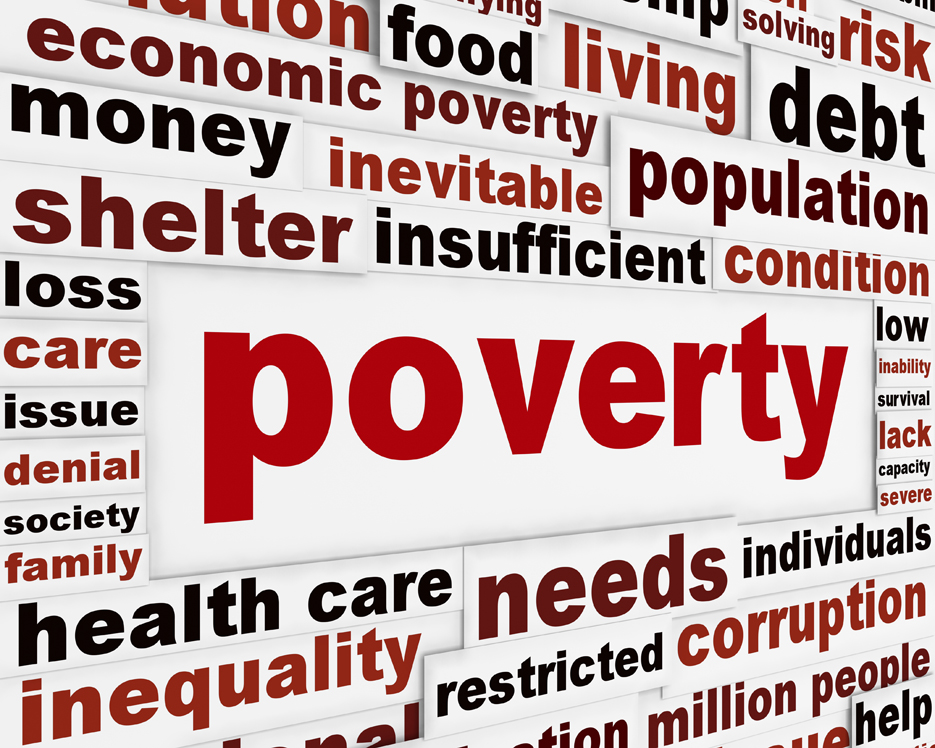 If you're familiar with USA Today, you know that the front page generally features a few short, newsy pieces and a longer "cover story" that goes in depth and jumps inside the newspaper.
Wednesday's big story focused on the poor still struggling to recover in an Ohio county despite some overall positive signs on the economic front.
If you're familiar with USA Today, you know that the front page generally features a few short, newsy pieces and a longer "cover story" that goes in depth and jumps inside the newspaper.
Wednesday's big story focused on the poor still struggling to recover in an Ohio county despite some overall positive signs on the economic front.
As the Gannett flagship newspaper is apt to do, the 1,800-word report mixes a rapid-fire barrage of sources: real people, experts and government data.
It didn't take long for the story to raise my GetReligion antenna. Let's start at the top:
TROY, Ohio -- The rise in poverty here is evident in the mass of people who crowd the waiting room of the free health clinic every Thursday night — so many that the volunteer staff turns away about half of them.
It is marked by the bare shelves of the food pantry at Richards Chapel United Methodist Church, a one-story sanctuary where dozens of laid-off factory workers, retirees and young parents with children fill the dining hall daily for a free lunch.
And it is lived by Nancy Scott, a former stay-at-home mom working a temporary minimum-wage job, who says she had to choose between exhausting her paycheck on rent and utilities or living in her 1990 pickup.
She chose the truck.
This rural community, 22 miles north of Dayton, has seen an explosion of poverty in the past four years that is among the highest increases in the nation. Last year, 16,000 people lived in poverty in Miami County — one of every six residents, the Census says. Four years ago, just as the Great Recession was taking its grip on the nation, one in 16, or 6,000 people, suffered in poverty here.
As I kept reading and flipped the page, I wondered if the story would provide any more insight on the church referenced in the second paragraph.
On the jump page, the Troy residents' predicament is boiled down this way:
But for people in Troy — and the tens of millions of Americans like them — the daily hardships of poverty aren't captured in statistics or healed by political promises. As lawmakers in Washington grapple with the "fiscal cliff" and Americans do their holiday shopping, thousands of people in Miami County are managing on little or no income.
But how are they managing? Is the religious community playing any role at all? These are questions that crossed my mind.
Later, there's this description of the town:
In Troy, empty storefronts blot the main street and shopping centers, but there are signs of recovery. At least eight companies are building or expanding, which is expected to create more than 500 jobs, says J.C. Wallace, president of the Troy Area Chamber of Commerce.
What about the houses of worship? Are they empty, too? Or are they bustling with activity amid the economic problems?
Eventually, the story returns to Scott, the woman living in her truck, and paints a relatively detailed portrait of her circumstances and predicament.
Then comes the killer quote:
"Without the churches, people would be starving in the street," she says.
Bam!
Sounds like a perfect opportunity to explore the religion angle.
And the story does follow up with these three paragraphs before moving on to more government statistics:
That's no exaggeration to David Richey, pastor of Richards Chapel United Methodist Church. He and his wife, Beverly, run a food pantry and a soup kitchen where they dish out close to 1,000 meals a month.
The people who walk through the door "don't make enough to have three squares a day, so we have to supplement that for them," he says.
The biggest increase they see: families with children.
Sooooo ... do we have a ghost here or not?
On the one hand, USA Today doesn't ignore the churches. On the other hand, the religion angle seems to be downplayed. Only one church is mentioned. The woman living in the truck isn't asked about her own faith. No effort is made to explore the role of churches in feeding starving people. Is the Methodist church the only one feeding the hungry? Are the shelves really bare at the church's food pantry? If so, why?
Interestingly enough, when I got online to grab the link to the story, I came across a related USA Today video titled "More poor eat all three meals at church soup kitchens." In the three-minute video, produced by the writer of the print story, officials with the Methodist church as well as Presbyterian and Catholic churches in Troy discuss their work feeding the poor. People helped by the churches also are interviewed. It's the kind of background that would have answered some of my questions from the dead-tree story.
The video makes me curious why USA Today chose not to explore the religion angle in its print story. Was a purposeful decision made to downplay the churches' role? Was that angle deemed not important enough for the paper version? Was it simply a matter of space?
Image via Shutterstock
